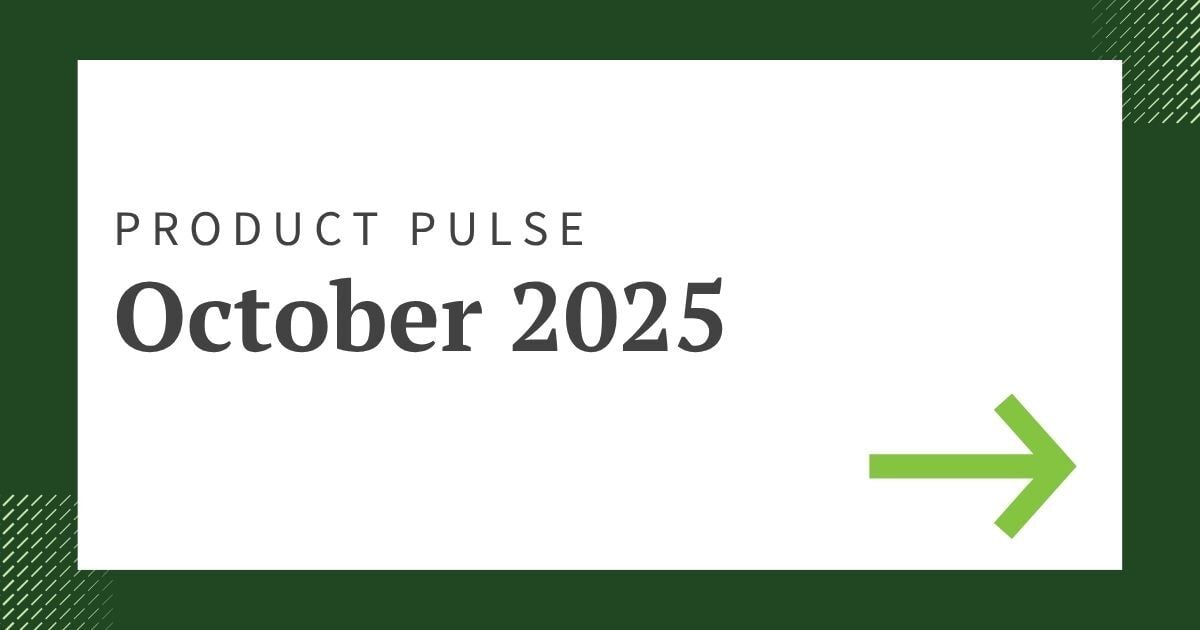As we cross the midpoint of 2025, staying ahead of rapidly evolving payroll, HR, and tax regulations has never been more critical. In this impactful session, Alanna Gravely, Payroll Account Executive, and Grace Mondics, Strategic Account Manager at Greenshades, walked through the year's biggest regulatory shifts and how employers can prepare for what's ahead.
Watch the full session here:
Key Takeaways
Please note: This information is for reference only and is not intended as formal legal advice. Always consult local counsel and your organization’s legal and accounting teams. For compliance information - additional regulations may apply. For the most accurate and up-to-date information, be sure to check official government websites.
State-Level Tax and Policy Adjustments
A wave of state tax reforms and employment policy updates are reshaping how businesses manage withholding, employee benefits, and retirement. Here's a breakdown of the most impactful changes across the states.
- Indiana – Income tax rate decreased to 3.0% from 3.05%
- Mississippi – Increased exemption amounts and lowered tax rates; first $10k not taxed
- Missouri – Standard deductions increased; tax rates decreased
- Nebraska – Tax rates decreased; brackets adjusted to reflect higher income taxed at a lower rate
- New Mexico – Brackets adjusted for higher income taxed at a lower rate
- North Carolina – Income tax rate decreased to 4.5% from 4.25%
- West Virginia – Standard deductions increased; tax rates decreased
- Hawaii – Standard deductions increased; tax rates decreased
- South Carolina – Tax rates decreased; exemptions and deductions increased
- Idaho – Tax rate lowered from 5.695% to 5.3%; standard deductions increased
- Utah – Tax rate lowered from 4.55% to 4.5%; allowances and deductions increased
- Georgia – Tax rate lowered from 5.39% to 5.19%
- Virginia – Standard deductions increased
Additional Updates:
- Alabama – OT exemption ends June 30
- Vermont – Mandatory retirement system launched; employees must opt out
- New York – MCTMT rate drops July 1
- Iowa – SUTA no longer includes out-of-state wages
Paid Leave and HR Policy Developments
State-driven changes in paid family and medical leave, combined with federal guidance, are reshaping employer responsibilities in workforce management.
- Expanded paid leave: Programs launched in Alaska, Michigan, Missouri, and Connecticut. Updates occurred in CA, NE, and NY (now includes pregnancy leave).
- PFML contributions: Began in Delaware, Maine, and Maryland (Maryland benefits start July 1).
- FMLA clarification: Employers cannot require PTO use during state-paid leave (per DOL).
Key Federal Payroll and Tax Changes
From contractor wage standards to Social Security limits, federal-level adjustments require timely updates in payroll systems.
- Federal contractor wage rollback: From $17.75 to $13.30/hour
- Social Security wage base: Increased to $176,100 (projected $181,800 in 2026)
- 0.9% FUTA surtax: Applies in CA, NY, and U.S. Virgin Islands for 2024
ACA Reporting and Recordkeeping Revisions
Employers gained some flexibility in ACA reporting—but these updates also demand more robust and long-term documentation strategies.
- 1095-C mailing optional: As long as you provide employees with notice that a copy is available upon request, then you do NOT need to distribute to all employees.
- Date of birth now allowed in place of TIN
- Letter 226-J response window: Extended to 90 days
- New 6-year statute of limitations: Applies to ACA penalties—necessitates long-term recordkeeping
Core Strategies and Best Practices
Ensure Accuracy in Withholding and Benefits
Payroll systems must reflect the most current thresholds and contribution limits to ensure compliance and optimize employee take-home pay.
Standard Deductions (2025):
- Single/Married Filing Separately: $15,000
- Age 65+/Blind: $2,000
- Head of Household: $22,500
- Age 65+/Blind: $2,000
- Married Filing Jointly/Qualified Surviving Spouse: $30,000
- Age 65+/Blind: $1,600 (per person/deduction)
Earned Income Tax Credit
- Max for families with 3+ children: $8,046 (up from $7,830)
Retirement Contributions
- 401(k) deferral: $23,500
- Catch-up (ages 60–63): $11,250
- 401(k)/403(b)/457(b):
- Deferral: $23,500 (2025) vs $23,000 (2024)
- Catch-up 50+: $7,500
- Employer + Employee (no catch-up): $70,000 (up from $69,000)
Health Accounts & Fringe Benefits
- Health FSA: $3,300 (carryover: $660)
- HSA:
- Self-only: $4,300
- Family: $8,550
- Catch-up: $1,000
- Commuter Benefits: $325/month
Align Leave Policies with State Requirements
With ongoing changes to paid leave laws, employers should reassess their policies to avoid compliance gaps and administrative confusion.
- Review and align policies with updated state-specific rules for accrual, usage, documentation, and carryover.
- Audit PTO practices to ensure compliance with FMLA and paid leave intersections.
Monitor Federal Shifts in Enforcement
Expect continued regulatory oversight as federal agencies recalibrate their enforcement strategies—especially around hiring documentation and worker rights.
- I-9 audits and documentation: Especially important in states like Florida with new E-Verify mandates
- Monitor federal tone shifts: NLRB and DOL rulings may grow less employee-friendly while increasing enforcement in areas like wage and hour compliance
Next Steps
The second half of the year offers a valuable window to prepare for year-end filings and strengthen internal processes.
- Revalidate payroll configurations: Ensure all 2025 thresholds are implemented
- Communicate updates: Inform employees about pay, benefits, and policy changes
- Finalize ACA processes: Prepare 1095-C workflows and ensure long-term data readiness
- Monitor AI regulation: If automation supports hiring or scheduling, stay alert to compliance with transparency standards
How Greenshades Supports Your Compliance Journey
Whether you're operating across states or prepping for ACA filings, Greenshades helps your team stay proactive and protected.
- Real-Time Updates – Tax and benefits updates applied automatically
- Flexible Configuration – Adapt payroll and HR setups to evolving team structures
- Integrated Compliance Tools – I-9, ACA, and leave tracking in one platform
- Dedicated Support – Responsive help from a compliance-first team
Let’s Keep the Momentum Going
This year’s changes are a challenge—but also an opportunity. Rethink how you empower employees, modernize systems, and manage risk. Let mid-year momentum be your springboard for smarter, stronger operations.
📧 Ready for a deeper dive? Connect with us at for a personalized demo.




























